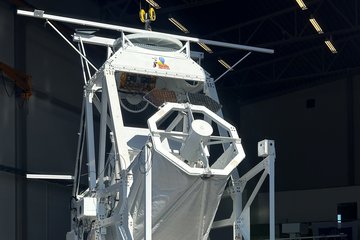All genres
141.
Report
Über den Wolken: Neues von der Venus. MPG, München (2009)
142.
Report
Optical properties of the Martian aerosols as derived from Imager for Mars Pathfinder midday sky brightness data. Max-Planck-Institut für Aeronomie, Katlenburg-Lindau, Germany (1998)
143.
Report
The color of the Martian sky and its influence on the illumination of the Martian surface. Max-Planck-Institut für Aeronomie, Katlenburg-Lindau, Germany (1998)











